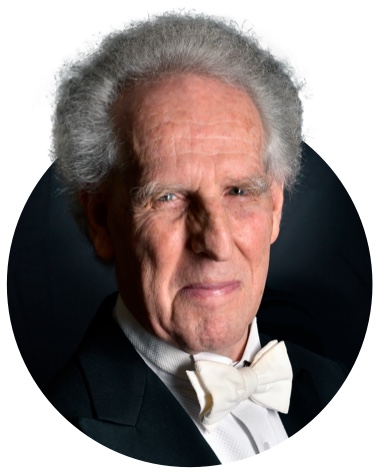Brahms: Symphony no. 4
Benjamin Zander

“I always learn something from Brahms. And I treat him that way. As the master of prolific structure. Every note in Brahms is there for a very specific purpose.”
— Benjamin Zander

Video Transcript
Ben Zander:
The deeply moving, challenging, intellectually riveting symphony of Brahms. The fourth symphony. I think it’s his greatest work.
People have different personalities. Some people like an easy life, you know. And they like to play easy music. That’s not my way, I’m drawn to these great challenges.
Brahms’ fourth symphony is one of the first pieces I ever conducted more than forty years ago. I’ve always been drawn to this symphony as one of the pinnacle works in the repertoire. Very challenging for the conductor. It’s among the five or six most difficult symphonies for a conductor to realize. But always beautiful and challenging. The most beautiful orchestral sound.
This is a symphony that is rightly called a “desert island number.” This is one that if you went to a desert island and could only take ten pieces, Brahms Four would be one of them.
Brahms is like a teacher. Brahms is like going back to a great teacher that you’ve had in your life, and you go and visit him after you’ve graduated. I always learn something from Brahms. And I treat him that way. As the master of prolific structure. Every note in Brahms is there for a very specific purpose.
Why make life easy and simple? The greatest works give back the greatest rewards. Even a Brahms symphony that you might think is so familiar and well-known, to me it is a pinnacle challenge.